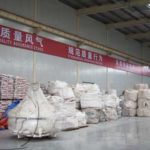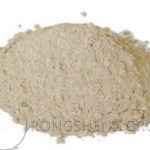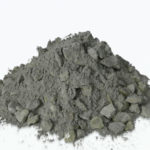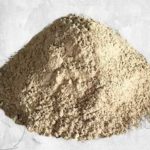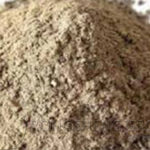The principle of choosing heat-insulating refractory materials for kiln lining is economical and practical. The high-performance operation of the high-temperature kiln is indispensable for the long-life support of the refractory lining of the kiln. The cost of refractory materials directly affects the investment cost, working performance, thermal efficiency, and energy consumption of the kiln. What is the refractory insulation for kiln linings in China? Rongsheng refractory manufacturers provide high-quality refractory products for the refractory lining of high-temperature kilns. Get free samples and prices.
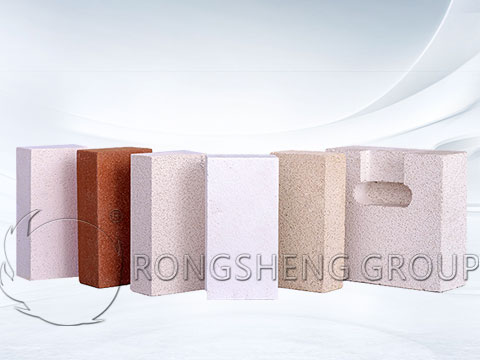
What is the Refractory Insulation for Kiln Linings?
Insulation refractory materials refer to refractory materials with high porosity, low bulk density, and low thermal conductivity, also known as lightweight refractory materials. Including insulation refractory products, refractory fibers, and refractory fiber products. According to the use temperature, it can be divided into low-temperature heat insulation refractory materials, the use temperature is lower than 900 ℃, such as diatomite heat insulation bricks, expanded silica products, silicon calcium boards, expanded perlite products, etc. Medium-temperature heat-insulating refractory materials, the service temperature is 900~1200℃, such as clay-based heat-insulating refractory bricks, aluminum silicate refractory fibers, etc. High-temperature heat insulation refractory material, the service temperature is greater than 1200 ℃. Such as high alumina heat-insulating refractory bricks, alumina heat-insulating refractory bricks, silicon heat-insulating refractory bricks, alumina hollow ball bricks, zirconia hollow ball bricks, high alumina refractory fibers, polycrystalline refractory fibers, etc.
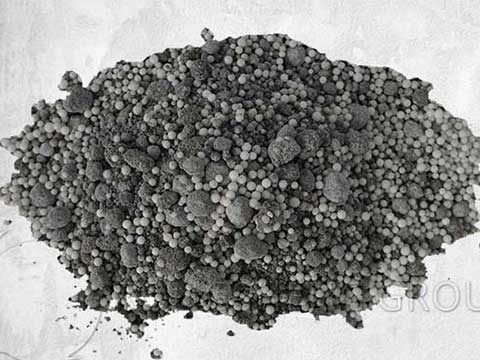
The Production Process of Refractory Insulation
The production of heat insulation and refractory products mainly adopts the process methods that can form porous structures, such as the light raw material method, burnout addition method, foam method, chemical method, etc. Amorphous refractory fibers, such as aluminum silicate refractory fibers, high alumina refractory fibers, etc., are usually produced by melting. Polycrystalline refractory fibers, such as mullite fibers, alumina fibers, etc., are produced by colloidal methods.
The Main Characteristics of Thermal Insulation Refractories
The main characteristics of heat-insulating refractory materials are high porosity, generally above 45%; low bulk density, generally not exceeding 1.5g/cm3. Low thermal conductivity, mostly less than 1.0W/(m·K). It is mainly used as thermal insulation for industrial kilns. It can not only reduce the heat loss of the kiln but also reduce the heat storage of the kiln. The best energy-saving effect can be obtained, and the weight of thermal equipment can be reduced. Compared with ordinary refractory bricks, thermal insulation refractory materials have poorer slag erosion resistance, mechanical strength, and wear resistance. Therefore, it is not suitable for the load-bearing structure of the furnace and direct contact with slag, charge, molten metal, and other parts.
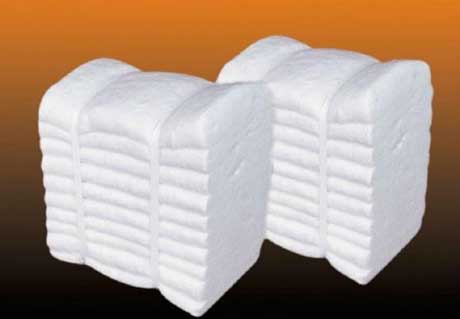
Classification of Insulation Refractories
There are many types of heat insulation refractory products, which are generally divided into three categories according to the use temperature, bulk density, and product shape.
- (1) Classified by bulk density. Lightweight bricks with a volume density of 0.4~1.3g/cm3, and ultra-lightweight bricks with a volume density of less than 0.4g/cm3.
- (2) Classified by operating temperature. The use temperature is 600~900°C for low-temperature insulation materials, 900~120°C for medium-temperature insulation materials, and over 1200°C for high-temperature insulation materials.
- (3) Classified by product shape. One is shaped lightweight refractory bricks, including clay, high alumina, silicon, and some pure oxide lightweight bricks. The other is amorphous lightweight refractory materials, such as lightweight refractory concrete.
Insulation refractory products are mostly used as the insulation layer, inner lining, or insulation layer of the kiln. Using heat-insulating refractory products with low thermal conductivity and small heat capacity as the structural material of the furnace body can save fuel consumption. The production efficiency of the equipment can be improved, the weight of the furnace body can be reduced, and the structure of the furnace can be simplified. Improve product quality, reduce ambient temperature, and improve working conditions.
Rongsheng’s Kiln Insulation Refractories
There are many products belonging to thermal insulation refractory materials, which can be classified according to temperature, shape, and material. These products include shaped, unshaped, rock wool, glass wool products, and refractory ceramic fiber products. Specifically, it includes insulation bricks, insulation castables, insulation cotton, and the like. Rongsheng is a manufacturer of kiln lining materials, which can provide high-quality insulation for refractory. Including alumina hollow ball bricks, mullite insulation bricks, high-alumina lightweight insulation bricks, various insulation castables, ceramic fiber series products, etc. Contact us for free samples and price information.
Leave Your Requirements on RS Kiln Refractory Bricks And Castable Materials! We Will Reply You In 12 Hours!:


